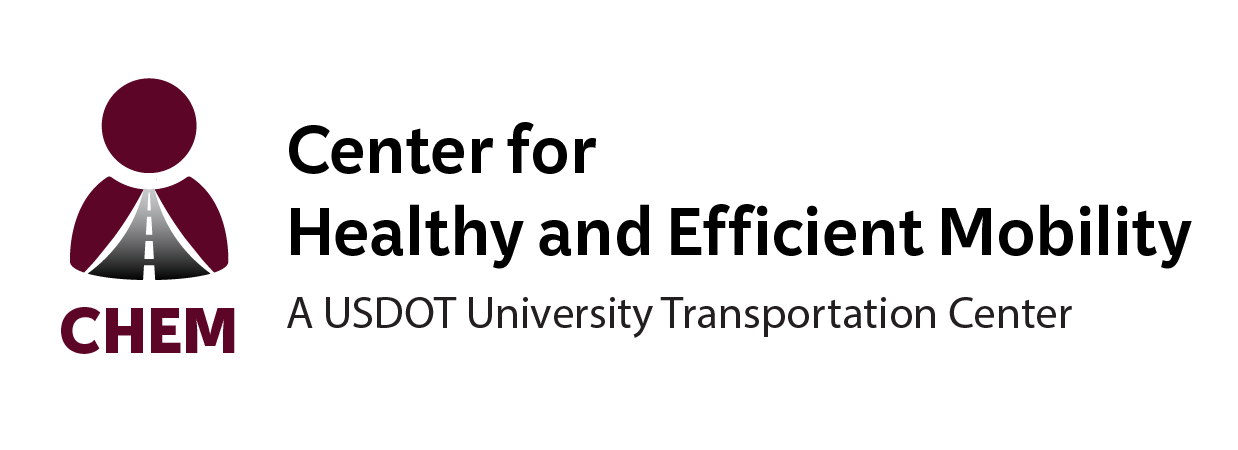How it Helps
Implementing
Installation:
The conventional signs and markings should be positioned where they would convey the necessary information for other road users to follow. The design must be legible and comprehendible by using reflecting paints for the road markings rather than conventional paintings, which are seldom visible at night. The use of high-quality thermoplastic paints that have been combined with glass beads should be recommended since it increases visibility.7
Locations:
Cities with significant arterial slow zones and crash-prone roadways should install signs in these locations to emphasize how crucial it is to obey the speed restriction. Cities with slow zones should mark the speed restriction at the entrances to the designated zone. A crucial entry to a slow zone or a location where the speed restriction changes may also be marked with on-street markings.8
Challenges:
Inadequate knowledge of signs and markings and their meanings by various road users is one challenge with this strategy. Additionally, poor enforcement or poor maintenance of these signs and markings could pose a challenge.
Examples
1) Visual Marking Systems (VMS)
Visual Marking Systems (VMS) is the major supplier of high-quality traffic signs and graphics for the transit sector. Railcars, trains, subways, and buses are just a few of the vehicles for which VMS creates transit signage. These safety markings, graphics, and signs have been created to keep organizations in compliance with all relevant safety standards and laws.
https://visual-marking-systems.hub.biz
2) International Municipal Signal Association (IMSA)
The International Municipal Signal Association (IMSA) is an organization whose primary goal is to educate members about new equipment and product innovations, as well as the correct installation and maintenance methods for signal systems. IMSA assists in coordinating public safety radio frequencies, including 800 MHz, for the fire, emergency medical service, and public safety pool.
